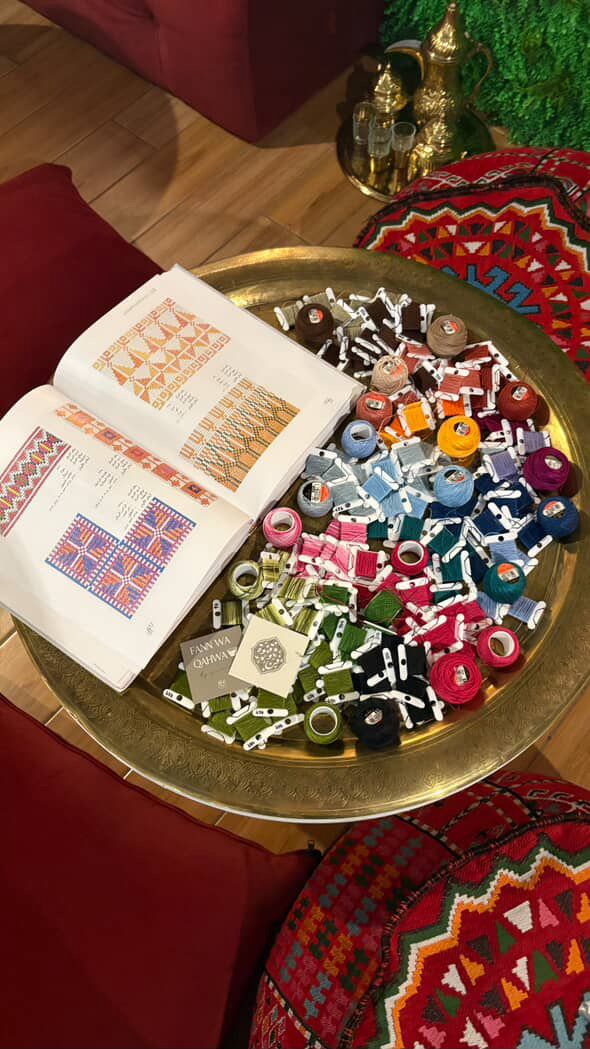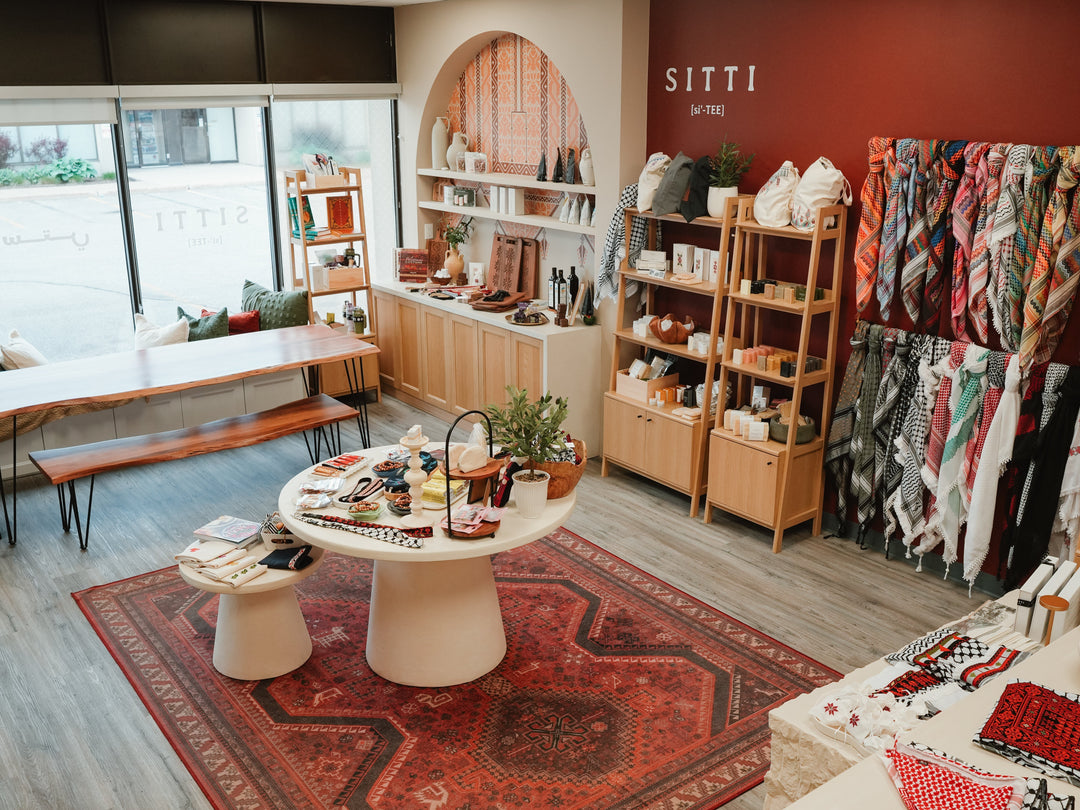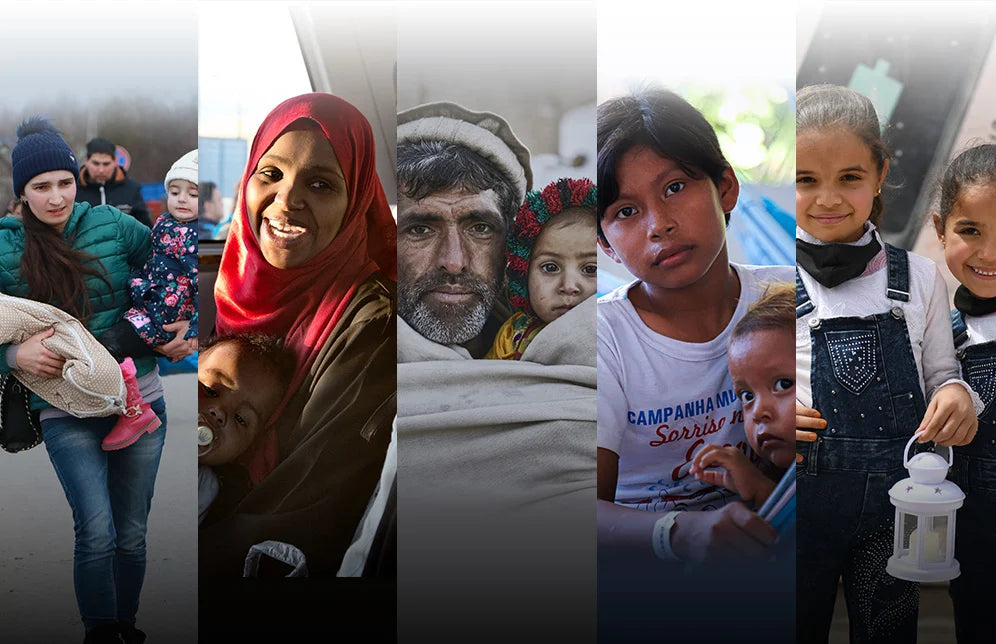Our Favourite Wedding Traditions

- Thobe Dress

Back in the day, older generations would hand-stitch patterns on dresses called thobes that would symbolize their heritage and what part of Palestine they were from. Nowadays, many women wear the dresses passed down to them from their mothers or grandmothers, which can come in many designs and colours, however the most traditional and popular embroidery is in the colour red.
- Henna Night

The famous henna night takes place right before the big wedding ceremony. Traditionally, this event takes place in the bride's home with her female friends and family and involves a night of celebrating the bride-to-be with singing, dancing, traditional music and of course, henna. There are usually baskets filled with henna decorated with candles and flowers which are carried while dancing. The bride, who will be wearing a traditional thobe, will have her hands decorated with henna in beautiful patterns, marking a joyous occasion and beautifying her for her big day. In some cases as well, the groom will also have henna applied on his hands by his mother.
- Shaving The Groom

- Zaffa / Dabke

It’s not an Arab party without dabke and zaffa, and the Palestinians sure know how to do it well. Traditionally, the groom and his family will go to pick up the bride from her home with an entire zaffa team who will play music, sing and dance to kick off celebrations on the big day. This will continue once they arrive at the wedding venue as they provide a grand entrance for the couple and hype up the guests. Then throughout the night, energetic Arab dancing known as dabke will take place, where guests stand in a line holding hands while walking around the dancefloor and kicking their legs into the air.
- Zaghareet


About the Author: Dana Masamra worked with Sitti Social Enterprise as a Communications Assistant during the 2022 summer. She is of Palestinian descent and ethnicity and was born in Jordan but lives in Canada. Her career is based on journalism and digital content creation.
_________________________________________________________________
Images: middleeasteye.net/eastmojo.com/paliroots.com/@darsalma





Leave a comment